Biofilm regrowth is a persistent issue in oral care devices such as water flossers and whitening systems. What manufacturers often overlook is its direct impact on pH imbalance within the user’s oral environment. Could this be a vicious cycle compromising both hygiene and device longevity? Let’s explore in detail.
Biofilm forms when bacteria adhere to internal fluid pathways and surfaces within oral devices, especially:
Even post-sterilization, residual bacteria can repopulate surfaces, triggering biofilm regrowth. Factors like stagnant water, suboptimal mold venting, and poor surface finish accelerate this process.
When biofilm regrowth occurs, acidic by-products of bacterial metabolism accumulate inside devices. This microbial activity gradually alters:
A persistent pH imbalance leads to enamel erosion, promotes oral discomfort, and disrupts natural saliva buffering mechanisms. Company web: https://www.powsmart.com/product/electric-toothbrush/
Worryingly, pH shifts favor further biofilm regrowth:
Thus, a self-reinforcing cycle emerges, where biofilm exacerbates pH imbalance, which in turn accelerates biofilm formation—a genuine vicious cycle impacting both product performance and user safety.
To address this hidden flaw, manufacturers must:
Furthermore, incorporating self-cleaning cycles or UV sterilization can prevent internal microbial buildup.
Beyond standard microbiological testing, manufacturers should implement:
This multi-layered quality control ensures early detection and prevention of biofilm-associated risks.
In summary, unchecked biofilm regrowth can silently drive pH imbalance, risking both product hygiene and end-user health. Without intervention, manufacturers inadvertently perpetuate this vicious cycle. Prioritizing hygienic design, antimicrobial materials, and rigorous testing is essential.
Are your oral care devices silently trapped in this cycle? Our engineering team can help optimize your design for microbial control and pH stability—contact us to learn more. Contact Kiwibird


Hose Leakage Leading Mucosal Lesions – Double Damage?
.jpg)
Essential points to entering oral care market in Southeast Asia
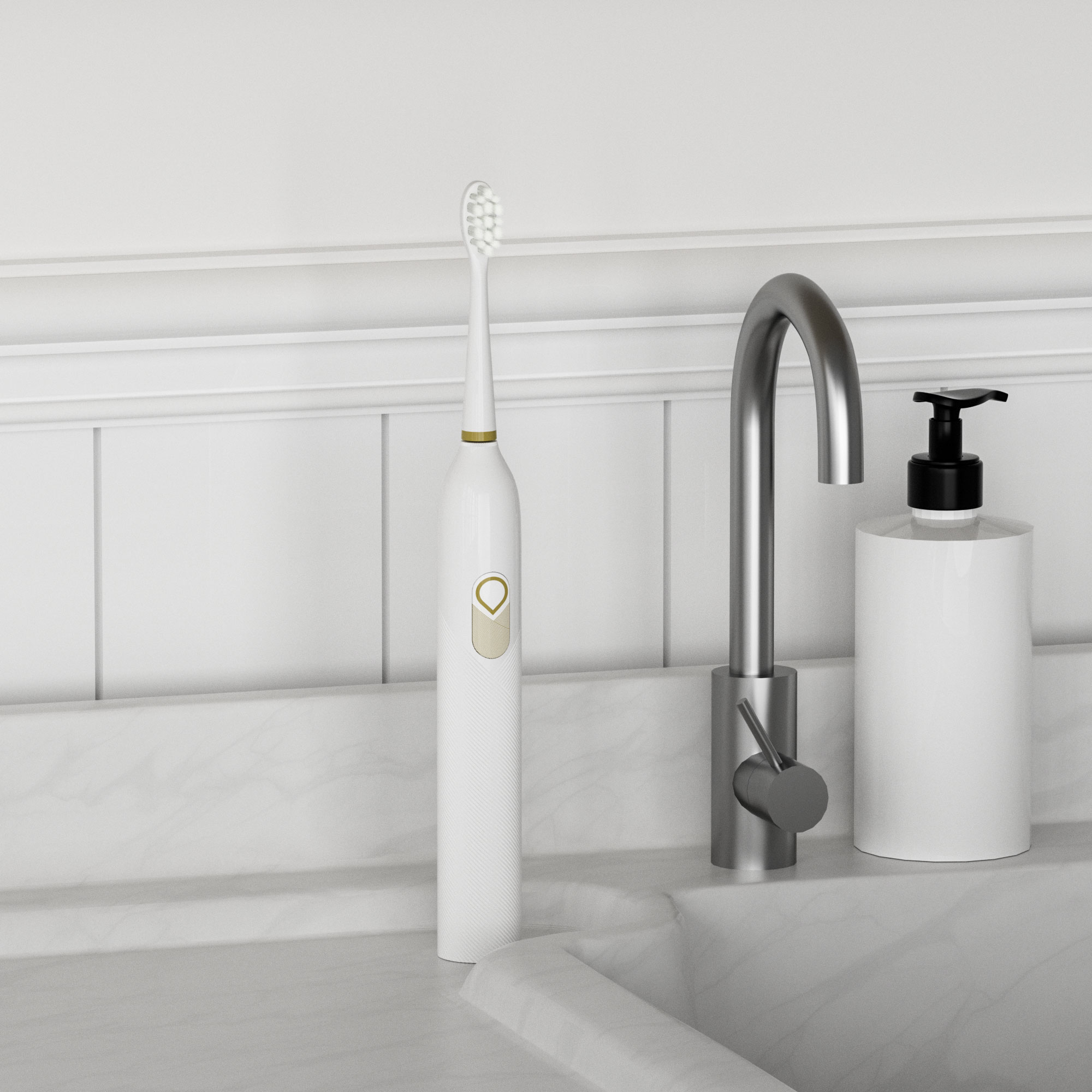
The proper way to use an electric toothbrush
Sync Disruption with Tray Deformation – Tech Failure?
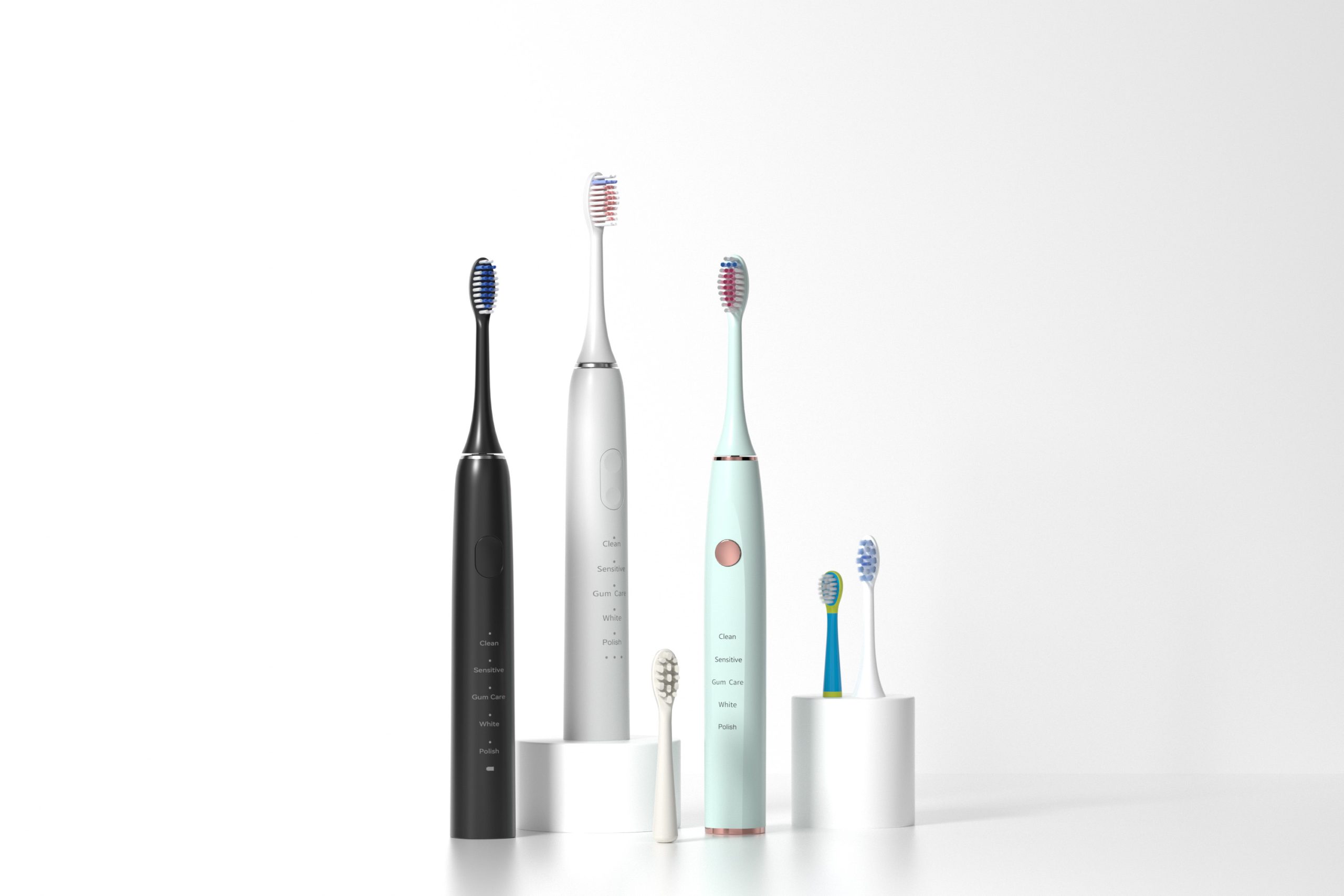
Which Charging Method for Electric Toothbrushes Is Better and Has a Lower Charging Failure Rate?

How Long Does It Take for a Teeth Whitening Device to Show Results?
.jpg)
Small-Batch Customization Orders: How Low MOQ Opens Doors for New Oral Care Brands
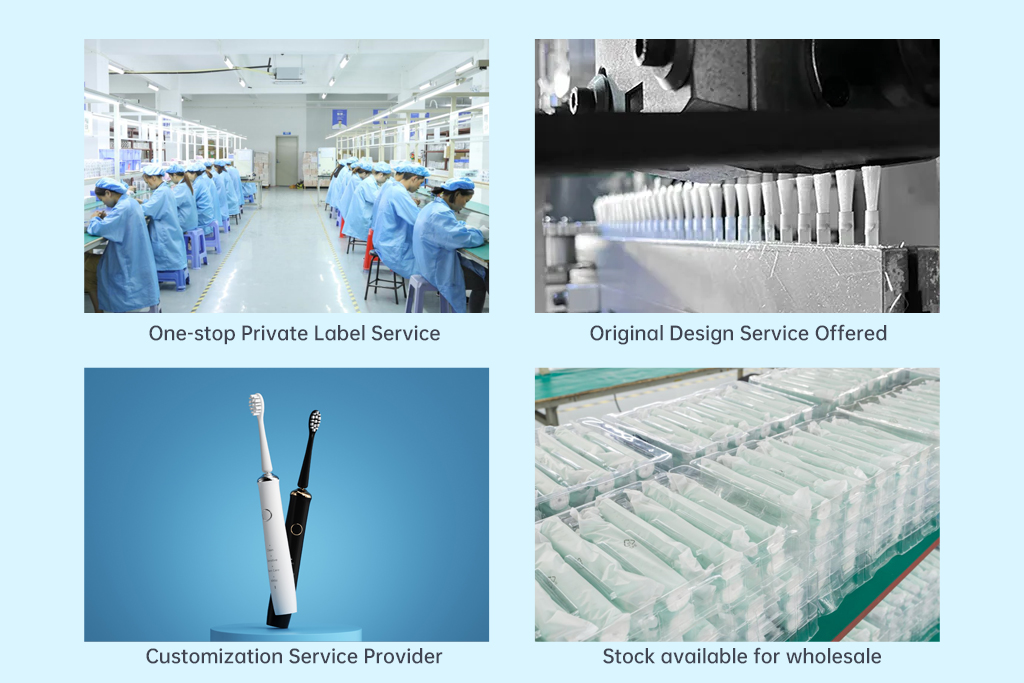
How Can You Turn Your Users into Loyal Users of Your Oral Care Brand?
Light Decay Triggering Allergic Dermatitis – Toxic?
.jpg)
How to Build a Differentiated Oral Care Brand?
Gel Crystallization with Gingival Discoloration – Alarming?

8 Unexpected Health Benefits of Good Oral Hygiene: Beyond the Basics
Swivel Blockage Leading to Saliva Depletion – Preventable?
Occlusal Interference Plus Jaw Fatigue – Design Flaw?
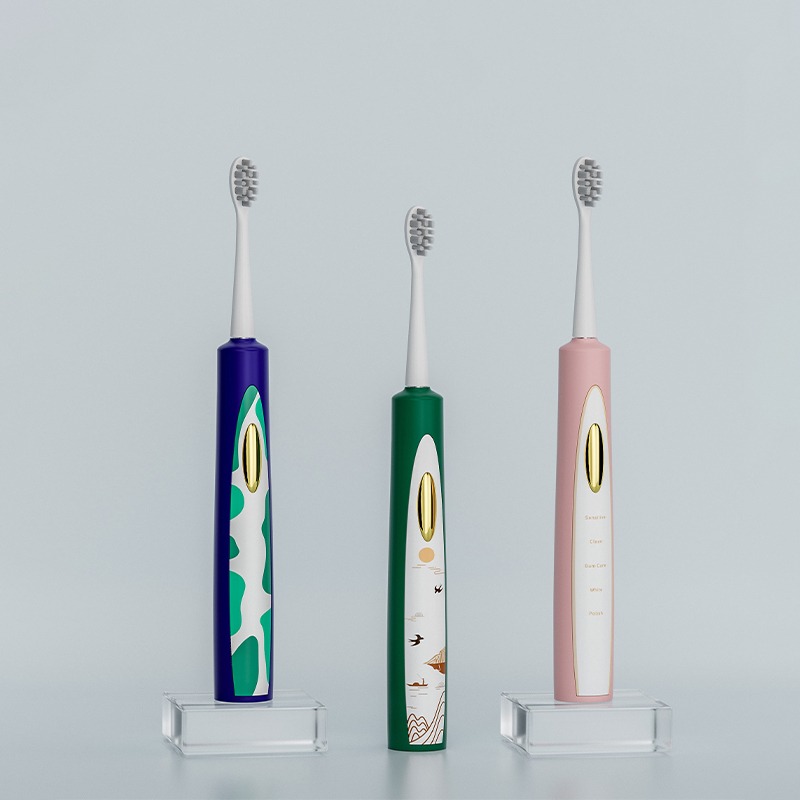
Electric vs manual toothbrush: Which one is better for you?
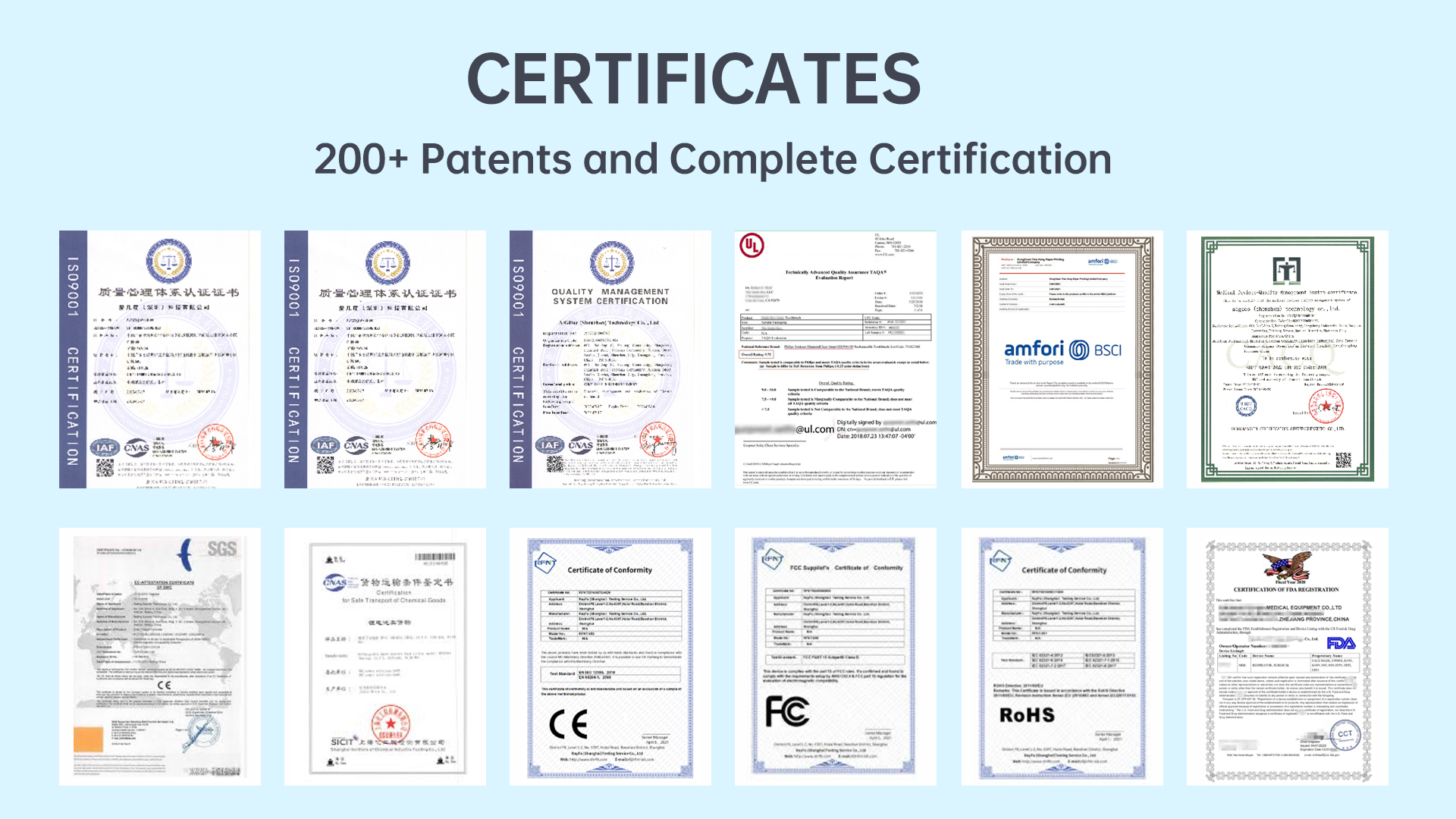
High After-Sales Costs: How They Cripple Oral Care Brand Profits & Reputation

electric toothbrush heads Regular Clean

Private Label Whitening Gel
.jpg)
Florida Electric Toothbrush – Powsmart PTR-C8

electric toothbrush heads Charcoal Infuse-Round

electric toothbrush heads Deep Clean

Customization Teeth Whitening Gel

Electric toothbrush heads Charcoal Infused-Diamond

electric toothbrush heads Ultra Soft
whstapp
whstapp
National Toll-Free Service Hotline
+86 755 86238638